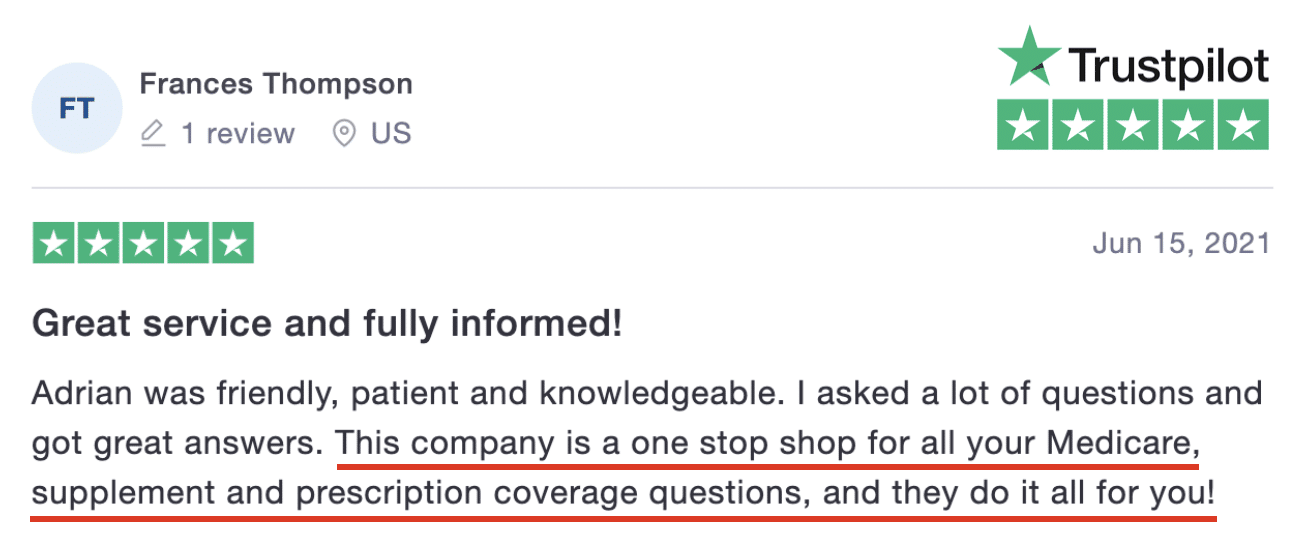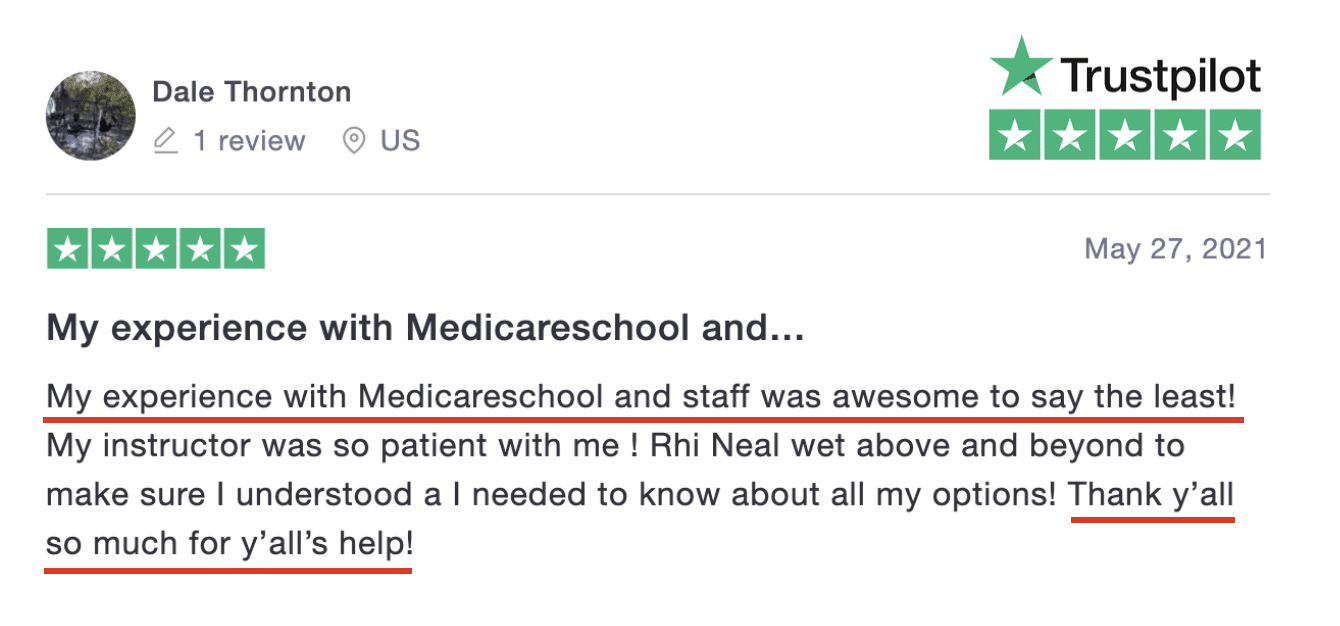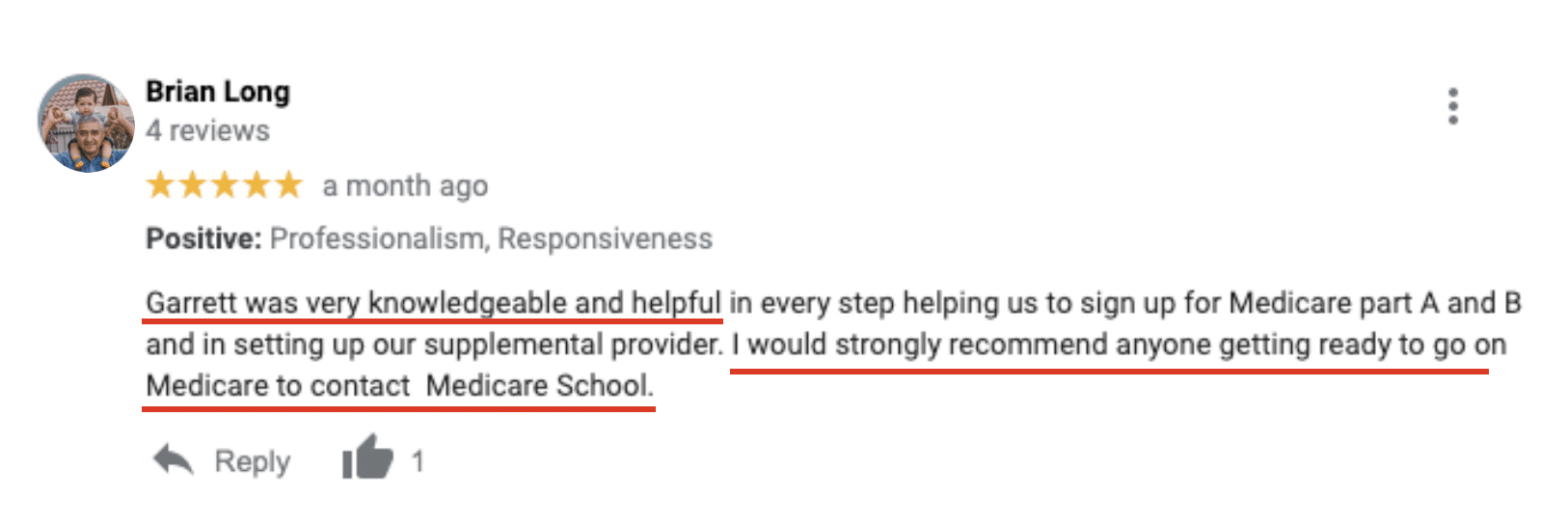How Much Does Medicare Part A Cost?
Understanding the Costs of Medicare Part A (Hospital Side of Medicare)
Welcome to our in-depth look at Medicare Part A, widely known as the hospital side of Medicare. We understand that the various costs associated with Medicare can be confusing, so today, we’re breaking down those costs to make it clear what potential out-of-pocket expenses you may encounter.
Different Types of Costs in Healthcare
When dealing with healthcare costs, it is essential to be familiar with four key terminologies:
Premiums: These are the payments required to maintain your insurance coverage.
Copays: These are flat dollar amounts needed for specific services or medications.
Coinsurance: This is a percentage of costs that you pay for a covered healthcare service after meeting your deductible.
Deductibles: This is the amount you pay for healthcare services before your insurance begins to pay.
Now, let’s zero in on the specific costs tied to Medicare Part A.
A Deep Dive into Medicare Part A Costs
Medicare Part A covers inpatient care in hospitals, skilled nursing facilities, hospice care, and even some home health care after a hospital stay.
Medicare Part A Premiums
For the vast majority of individuals, the Part A premium is zero—referred to as “premium free.” This is due to payroll taxes, also known as FICA taxes, that you’ve been paying throughout your working life. Currently, 1.45% of every dollar you earn is contributed to Medicare, and your employer makes a matching contribution.
If you’re self-employed, you pay the full 2.90%. As long as you’ve paid into the system for 40 quarters (ten years), you are eligible for premium-free Medicare Part A.
Note: Not everyone qualifies for premium-free Part A. If you have less than 40 quarters of contributions, the premium for Medicare Part A depends on how many quarters you have. If you have zero to 29 quarters, it cost $506 a month. If you have 30 to 39 quarters, it’s $278 a month.
Hospital Costs under Medicare Part A
Now, let’s dig into the other costs involved with hospital stays. If admitted to the hospital (not just under observation), from days one to 60, you pay a deductible. In 2023, that deductible is $1,600. This payment remains the same whether you stay for one day or up to sixty days.
This deductible, known as a “benefit period deductible,” is different from the annual deductibles we’re used to with individual insurance plans. Medicare defines a benefit period as beginning when you’re admitted to the hospital and ending when you haven’t received any inpatient hospital care for 60 days post-discharge. If you need to be rehospitalized during the 60 days, you won’t owe another deductible.
However, if more than 60 days pass before you need additional hospitalization, you’ll be in a new benefit period and owe another deductible.
Extended Hospital Stays
If you’re in the hospital for more than 60 consecutive days — referred to as extended hospital stays — Medicare begins charging daily copays on the 61st day. From 61-90 days, you’ll owe $400 per day out of pocket. From 91-150 days, that copay jumps to $800 per day out of pocket.
Skilled Nursing Facility Costs
Medicare Part A also covers skilled nursing facilities for rehabilitation. However, you must have an inpatient hospital stay of at least three days before being admitted to a skilled nursing facility. Medicare fully covers the cost for the first 20 days. From day 21 to 100, there’s a daily copay of $200.
For the average Medicare recipient, who spends around 35 days in skilled nursing, this means a $3,000 out-of-pocket expense.
In conclusion, Medicare Part A costs include potential premiums (if you don’t qualify for premium-free), copays for extended stays in hospital or skilled nursing facilities, and a benefit period deductible. Understanding these costs allows you to better plan for potential healthcare expenses during retirement.
In our next blog, we will address questions related to Medicare Part B. Stay tuned!
What to Expect on Your Call With a Medicare School Guide
Enroll correctly which means you will avoid penalties.
Understand your coverage so you aren't surprised by any unexpected out-of pocket expenses.
Avoid selecting a plan with limited coverage which means you can be confident in your decision.
Save time with our simplified process so you can spend more time doing what you enjoy.
Receive unbiased advice from our independent guides that work for you, not an insurance company.
We are holding appointment slots for you, answer the question below to get started
The Reviews are In!








